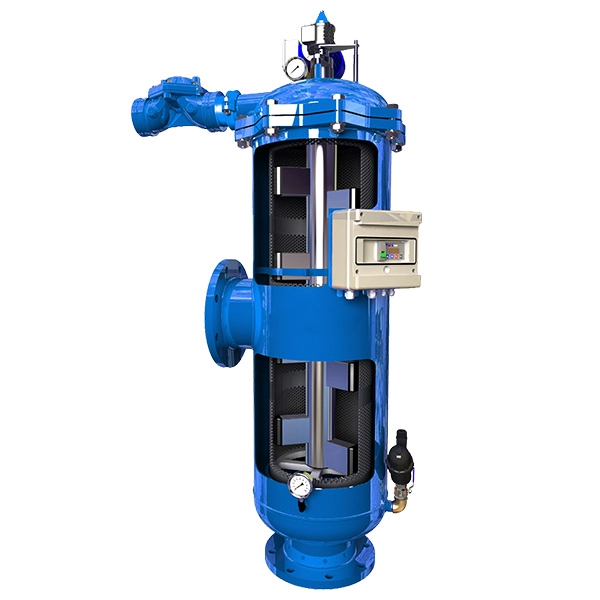The use of fluid dynamics holds a key role in a wide variety of industries. You will observe the application of fluid dynamics in a number of processes from wastewater treatment to processes applied to obtain purity in various materials. Hydrocyclones are a prime example of fluid dynamics. A hydrocyclone can be referred to as a piece of equipment that generates centrifugal force using fluid pressure. We have put together some useful details about the structure and working of hydrocyclones, that will help you understand the basics of this useful equipment. Further details are given below:
Working of a Hydrocyclone:
The centrifugal force generated by a hydrocyclone results in a flow
pattern that forces the separation of particles or droplets from the liquid
medium. To achieve separation, these particles or droplets must have a
sufficiently different density relative to the medium. The centrifugal force
makes the flow pattern cyclonic, which is why this piece of equipment is called
a hydrocyclone. This flow pattern occurs because the liquid is induced into the
cylindrical chamber using the tangential injection method. This tangential
injection of liquid into the cylindrical chamber results in the development of
a vortex. The cylindrical chamber of a hydrocyclone is equipped with a
restricted axial bottom outlet. Not all of the liquid can leave the cylindrical
chamber at once via this outlet. This is why some quantity of liquid reverses
its path and flows concurrently towards the axial top outlet of the cylindrical
chamber. This whole reverse flow process continues to go on, and ultimately an
air core is generated because of the low pressure at the axis of rotation.
Separation of Particulates:
As both the upward and downward flow streams exist in the cylindrical
chamber, the locus of vertical velocity becomes zero as a result. On the other
hand, both these flow streams are also equipped with tangential velocity. This
tangential velocity decreases in the outer vortex, if the radius increases. In
general, the outer fluid approaches a free vortex and experiences shear, while
the inner fluid acts like a solid. The centrifugal force produced in the
cylindrical chamber of a hydrocyclone is substantial to separate particulate
solids down to around 5 to 10 microns in size. There will be a higher amount of
force and efficiency of separation of small particles because of a cyclone with
a smaller diameter. Hydrocyclones with longer cones designs is said to be
efficient enough to deal with particles of less than 5 microns. However, the
small diameter of a hydrocyclone means low fluid capacity. Such hydrocyclones
are manifold and linked in parallel for industrial applications.
Applications of Hydrocyclones:
Here are some applications of hydrocyclones:
- These hydrocyclones were at first used in the
mining industry for efficient separation of solids and liquids, such as
the dewatering of particulate solids that are suspended in the water
stream.
- Hydrocyclones are also used in the food industry to ensure the quality and purity of food products.
- These useful pieces of equipment also find their use in the chemical industry, where chemicals need to be in their purest form to deliver the desired results.



